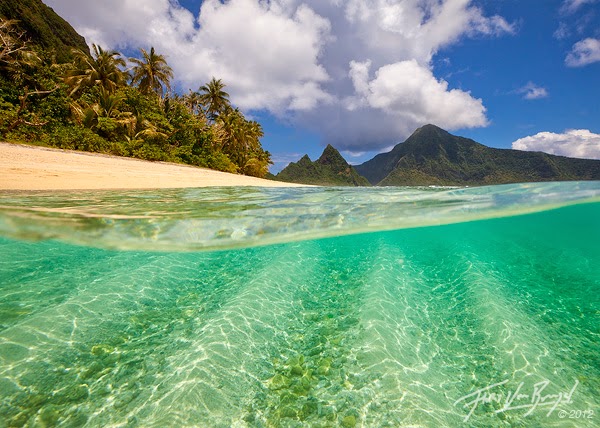Picture yourself as an adventurer in the
1800s, you find yourself on one of
the picturesque islands of Samoa, admiring the crystal clear water, luscious
jungles and the smiling hosts in their intricate dress. Poet Rupert Brooke did just this and
described it thus:
“You lie on a mat in a cool Samoan hut, and
look out on the white sand under the high palms and gentle sea, and the black
line of the reef a mile out and moonlight over everything. And then among it all are the loveliest
people in the world…It is sheer beauty, so pure it is difficult to breathe it
in.”
Now consider travelling to modern day
Samoa, would you have the same experience?
 Well the obvious answer is no. Now that the islands have become much
more accessible, they have become very tourist friendly. There are now resorts, hotels, restaurants,
tourist stands and gift shops, all of which have been placed to attract the
foreign vacationer.
Well the obvious answer is no. Now that the islands have become much
more accessible, they have become very tourist friendly. There are now resorts, hotels, restaurants,
tourist stands and gift shops, all of which have been placed to attract the
foreign vacationer.
The traditionalists will say that it’s a
shame that such a beautiful culture has been so affected by Western
civilization and that the country has become too commercialized.
But this is too simplistic.
The Samoans still stay true to their
culture (see my previous blog ‘Fale Faux Pas’) but now they are just able to
share it with more of the world. Sure, we all need to be mindful that nations
like these don’t get exploited but adding these modern tourist attractions can
in fact be beneficial for the local people. Often (not always) it is these people who see greater
profits thanks to an increased number of tourists.
When we travel, we must be mindful of the
sort of footprint we leave. It is
impossible to be the perfect traveler in this sense but in doing a little bit
of research, we can do our best to ensure that the money we spend ends up in
the hands of those who need it most.














